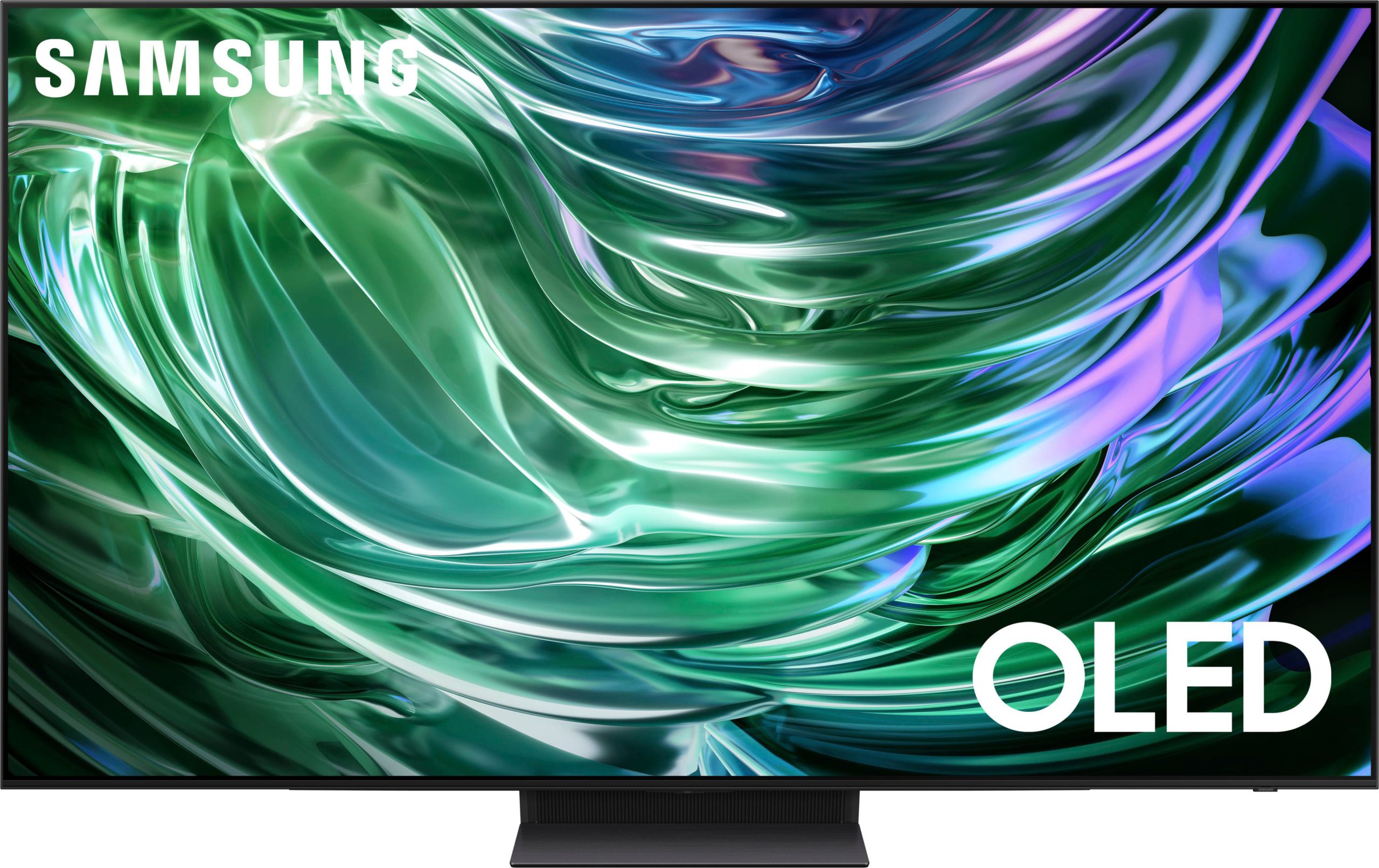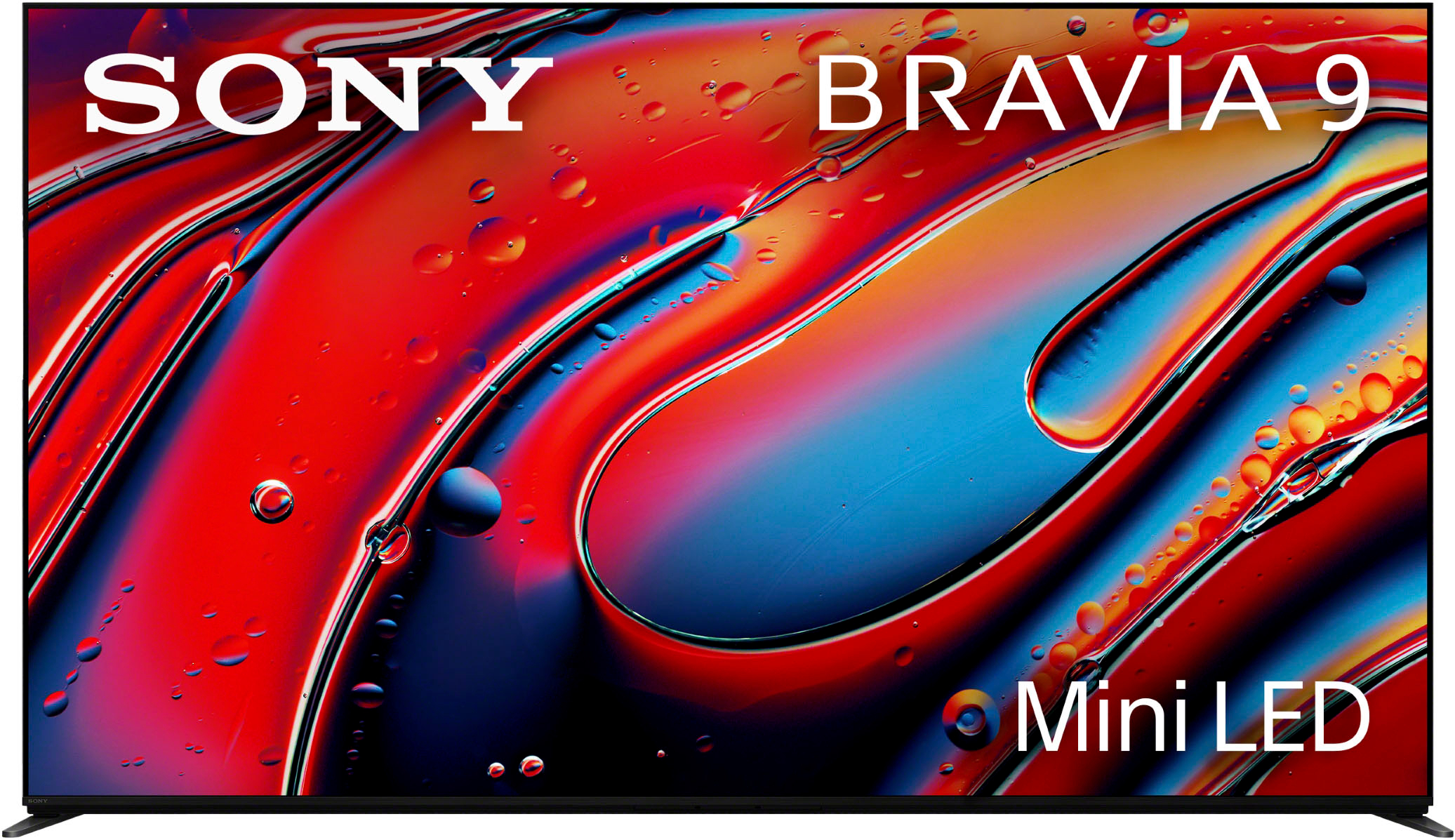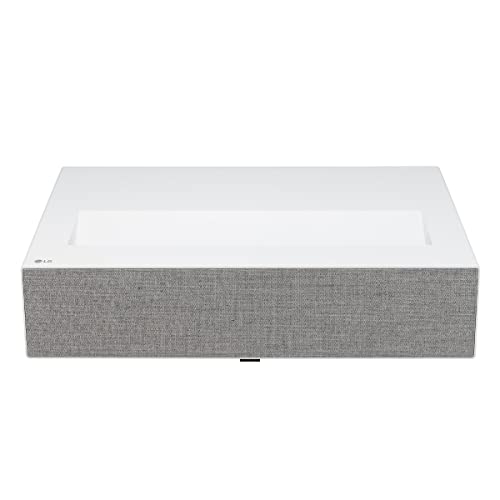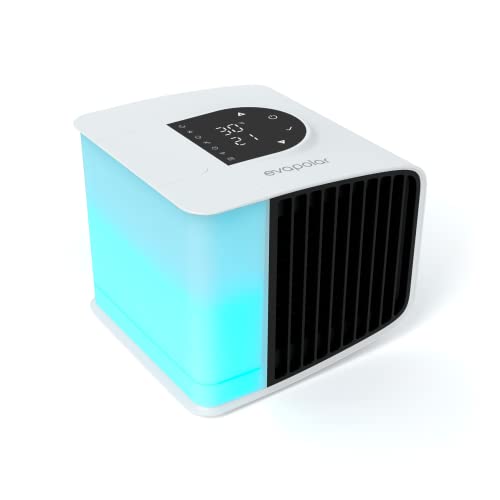What did a $20 radio do to change teenage life forever? In 1960s America, the Remco transistor radio weighed less than a sandwich but carried the weight of a revolution. Young people could suddenly take their music anywhere, from beach parties to backyard gatherings. The pocket-sized device brought crystal-clear sound from stations hundreds of miles away, reaching teenage ears in bedrooms and diners across the country. This small radio sparked the first youth-driven media revolution.
Let’s look into 24 iconic items from the 1960s that shaped an era before vanishing into history.
24. Remco Transistor Radio
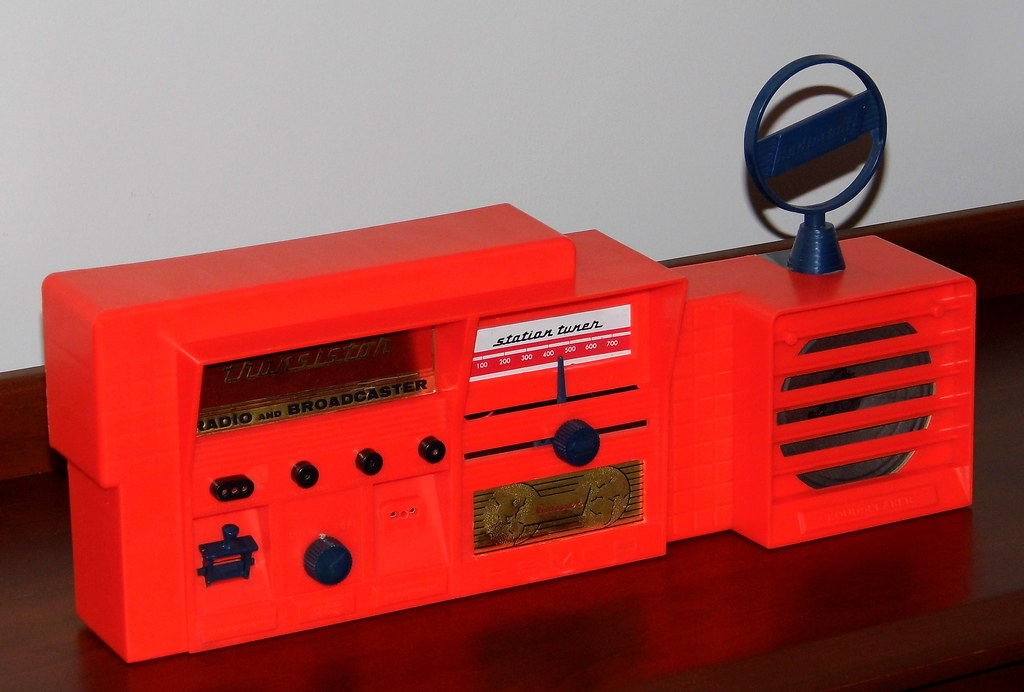
The Remco transistor radio ushered in a new era of portable entertainment for 1960s teenagers. This breakthrough model cost $19.95 and weighed 12 ounces, revolutionizing how young people consumed music and news. Clear AM reception through the six-transistor technology meant listeners could tune in from unprecedented distances. These pocket-sized devices sparked the first youth-driven media revolution. If you’re interested in other gadgets that took root in the 1960s, then perhaps this list of 15 essential 1960s gadgets that are now a blast from the past might be interesting.
23. 1960s Miniskirt

A fashion revolution began in London when Mary Quant’s shop window displayed the first miniskirts. Rising 6 inches above the knee, these garments challenged established dress codes and reflected shifting social attitudes. Young women paired these shorter hemlines with geometric patterns and contrasting tights, creating an entirely new street fashion aesthetic. The miniskirt’s rise marked the first time young women, rather than fashion houses, dictated global style trends.
22. Polaroid Camera
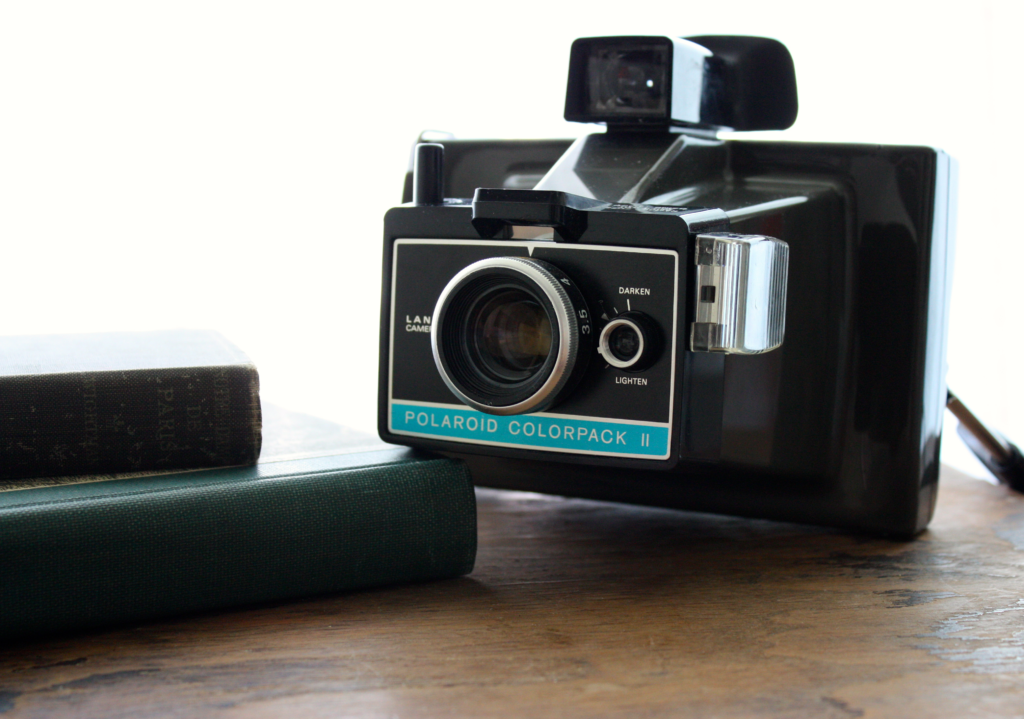
The Polaroid camera, especially the Swinger model launched in 1965, transformed social photography forever. This instant camera delivered black-and-white prints in 60 seconds at an affordable $16.95 price point. Amateur photographers no longer needed darkrooms or professional development services to capture memories. The distinctive square format became the visual diary of an entire generation.
21. Rotary Phone
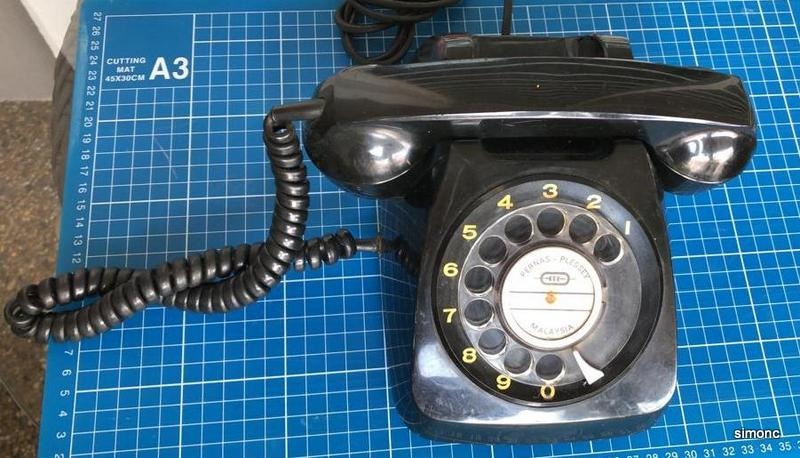
Bell System’s rotary phones connected American households through a network of copper wires and mechanical switches. The standard Model 500 telephone contained 34 individual parts in its rotary mechanism alone. Installation required professional service, yet these devices rarely needed repairs despite constant use. These sturdy communication devices created the first nationwide real-time social network, decades before the digital age.
20. Slide Projector
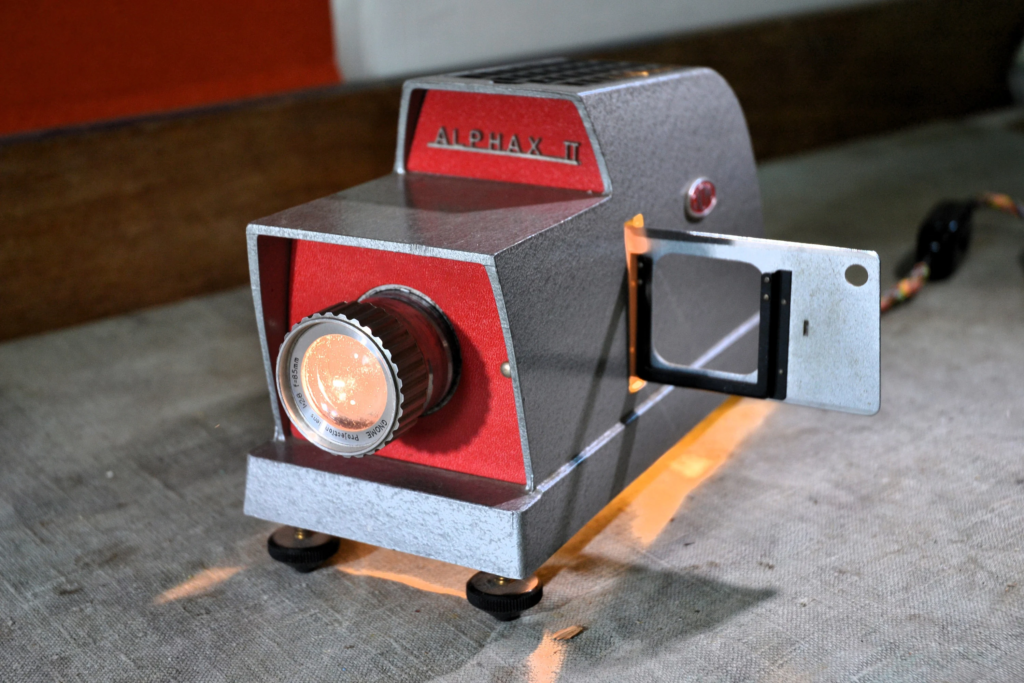
The family slide projector transformed living rooms into private theaters across 1960s America. These machines utilized 500-watt bulbs, creating theater-quality displays on any white wall. Manual focus controls and adjustable height settings allowed for perfect image alignment during evening slideshows. Kodak’s projector line dominated with over 70% market share by 1967.
19. Cigarette Vending Machine
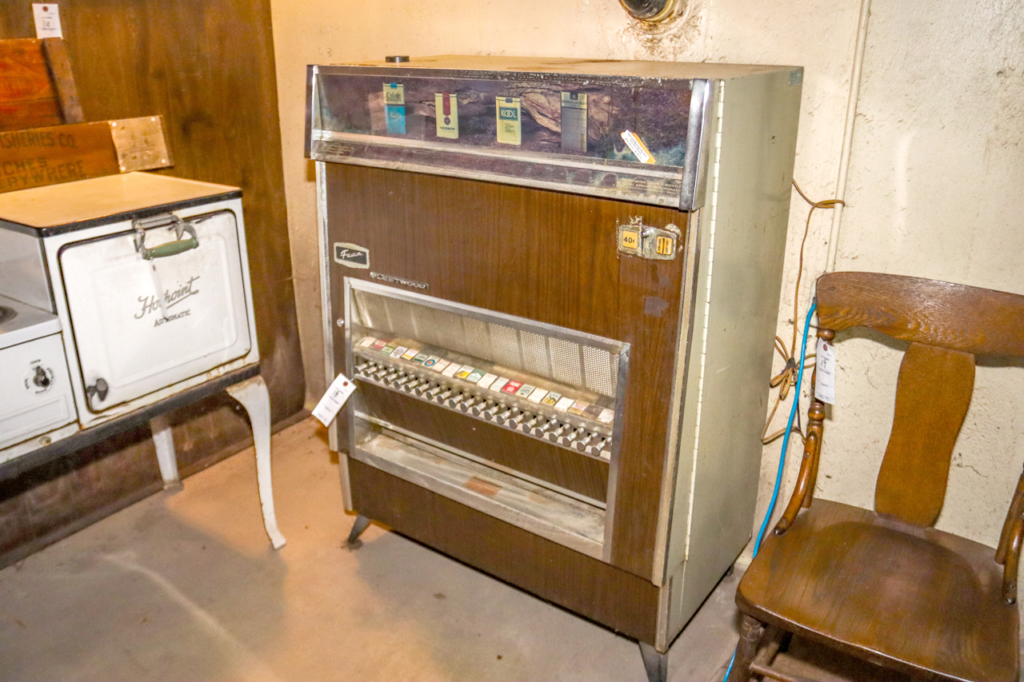
Urban landscapes changed as automated tobacco sales spread beyond storefronts. These mechanical marvels operated 24 hours daily, requiring only occasional coin collection and restocking. Internal security features protected $300 weekly revenues per machine from theft attempts. The ubiquitous presence of these machines reflected an era of trust that would never return.
18. Typewriter
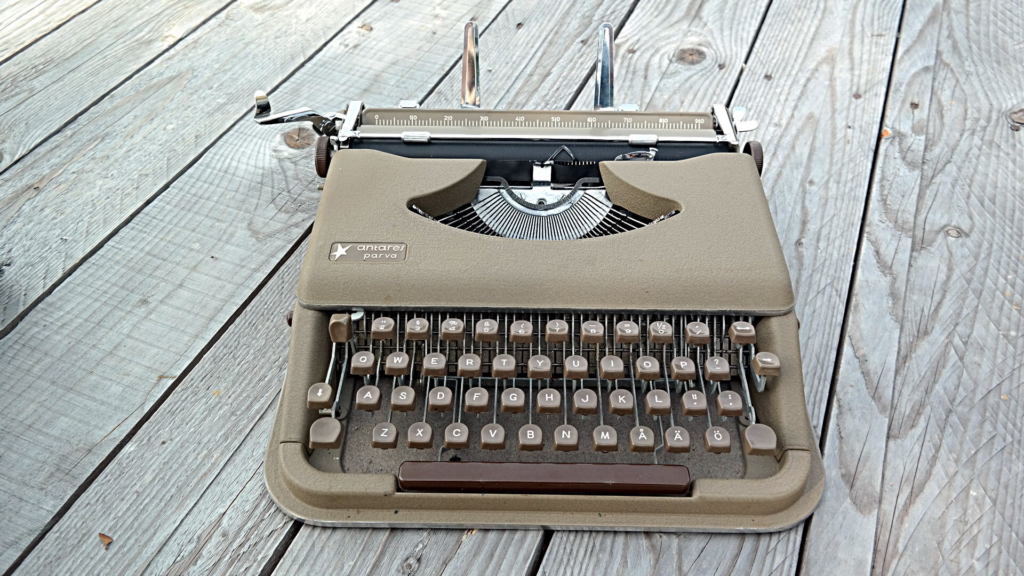
The manual typewriter’s distinctive rhythm echoed through every office in 1960s America. Standard models featured 44 keys controlling 88 characters through direct mechanical linkages. Professional typists achieved speeds of 60-70 words per minute on well-maintained machines. Smith-Corona dominated the American market with 40% of all typewriter sales.
17. Kodak Carousel Slide Projector
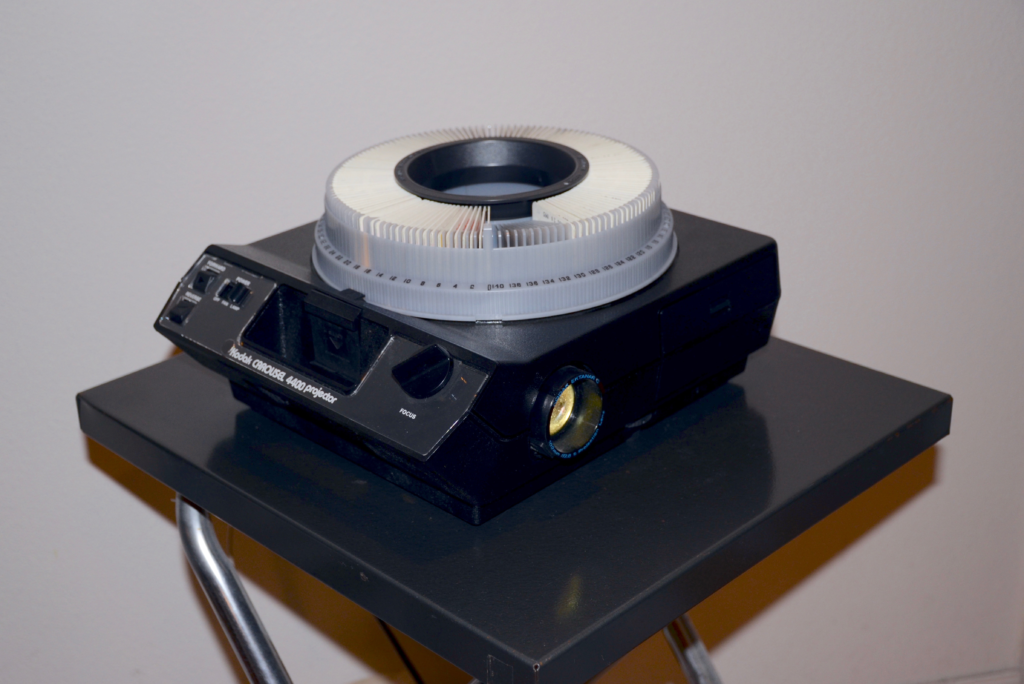
Innovation in slide projection arrived with Kodak’s revolutionary circular tray design. The patented gravity-feed system eliminated jamming while handling 80 slides in continuous rotation. Professional photographers adopted the $149 Carousel as their presentation standard. These machines turned every family gathering into an event worthy of intermission.
16. Vinyl Records
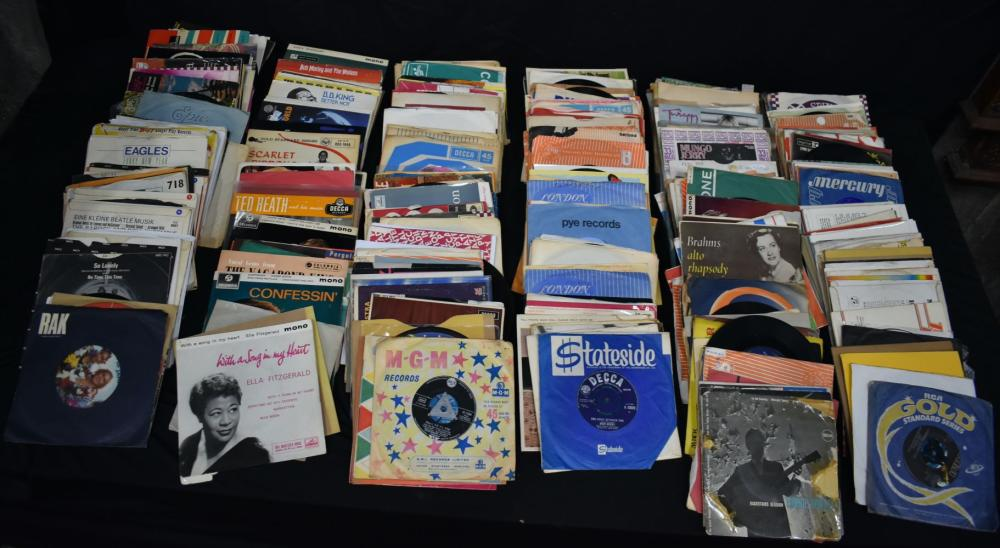
If you wanted the best sound quality in the 1960s, vinyl records delivered the ultimate listening experience. Standard 33 1/3 RPM albums contained up to 22 minutes of music per side. Precision-cut grooves delivered frequency responses from 20 to 20,000 Hz on premium pressings. Record manufacturers pressed over 200 million albums annually by 1969.
15. 8-Track Tape
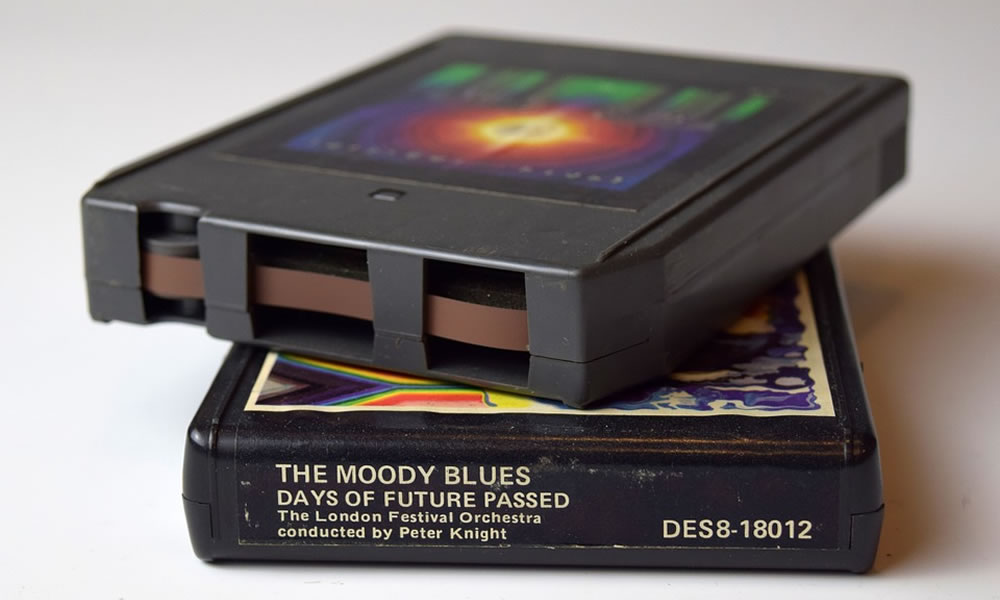
Automotive culture embraced endless-loop tape technology for mobile music. Each cartridge contained four stereo programs on 1/4-inch magnetic tape running at 3.75 inches per second. You never knew exactly when your favorite song would be interrupted by the distinctive ka-chunk of a track change. Detroit’s adoption transformed every car into a personal concert venue.
14. Tupperware Parties
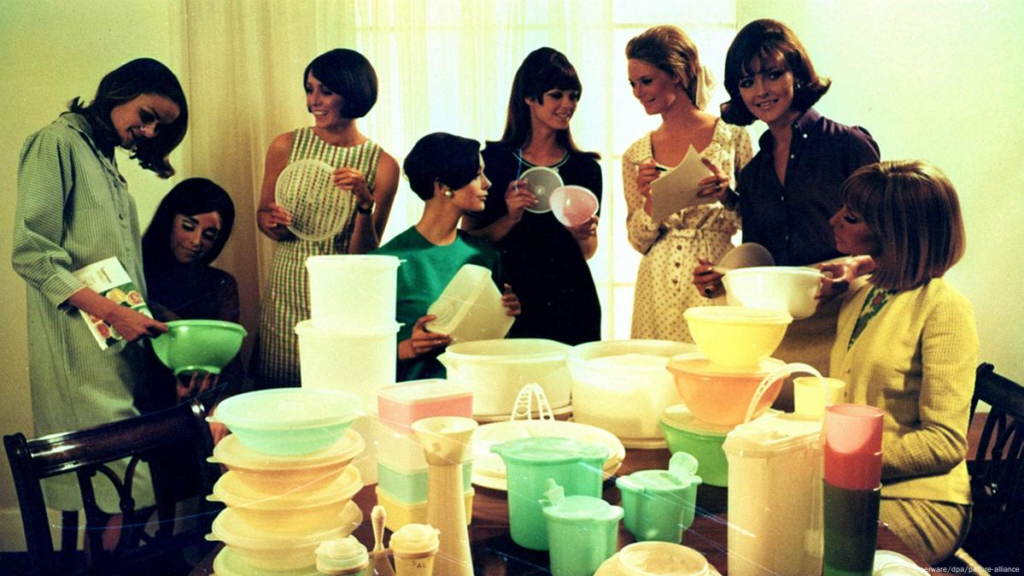
If you wanted to see the latest in kitchen innovation in the 1960s, you attended a Tupperware party. Each demonstration averaged $100 in sales, generating $25 in commission for enterprising hostesses. The parties combined neighborhood socializing with practical demonstrations of burp-sealed containers. These gatherings revolutionized direct sales while giving women their first taste of financial independence.
13. Bakelite Radios
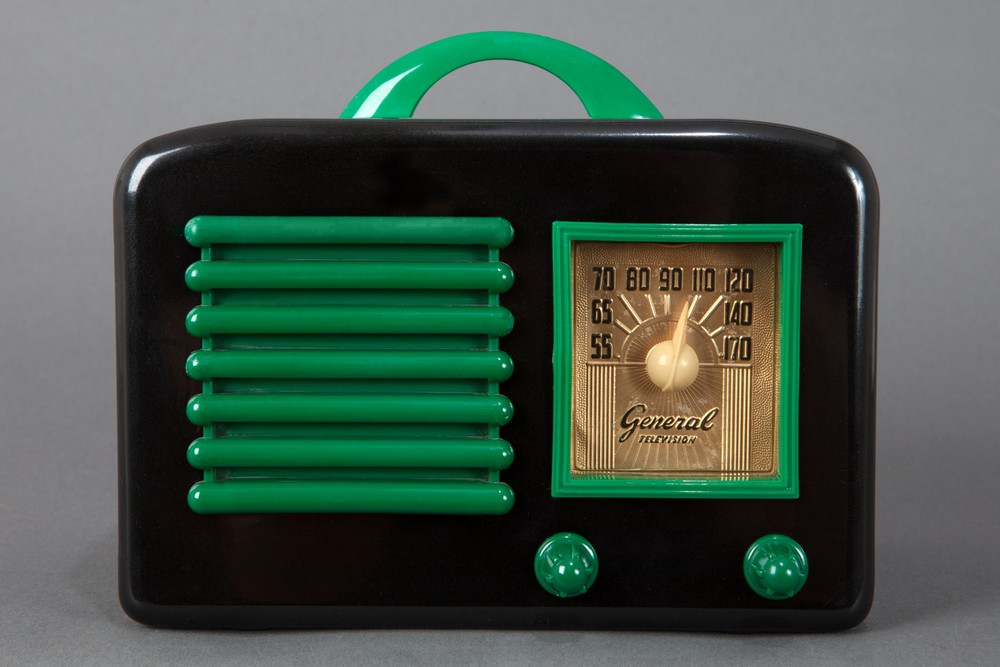
Post-war electronics relied on phenolic resin’s unique properties. Each radio cabinet required 2 pounds of raw material and 15 minutes of molding time. Five-tube circuits provided reception across the 540-1600 kHz AM band. These durable receivers marked the last stand of vacuum tube technology in consumer electronics.
12. Cork Tipped Cigarettes
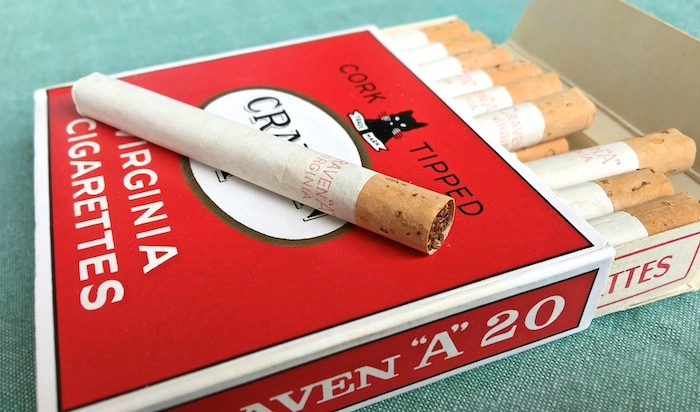
Filter technology evolved through natural material innovation. Laboratory tests claimed 60% tar reduction compared to unfiltered cigarettes. Manufacturing processes attached cork tips at 2,000 cigarettes per minute. Market dominance ended abruptly as health concerns shifted consumer preferences.
11. VHS Tapes
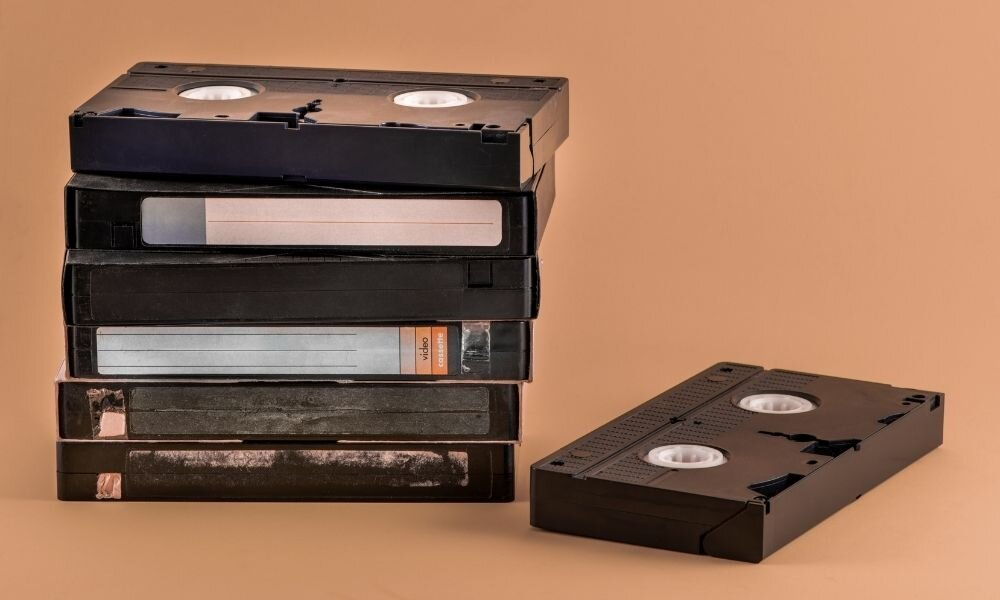
Remember when recording your favorite TV show felt like programming a space shuttle? Early VHS units utilized 1/2-inch tape running at 1.31 inches per second. Recording times reached 120 minutes at standard speed settings. These technological pioneers transformed home entertainment from passive viewing to active control.
10. Belly Button Rings
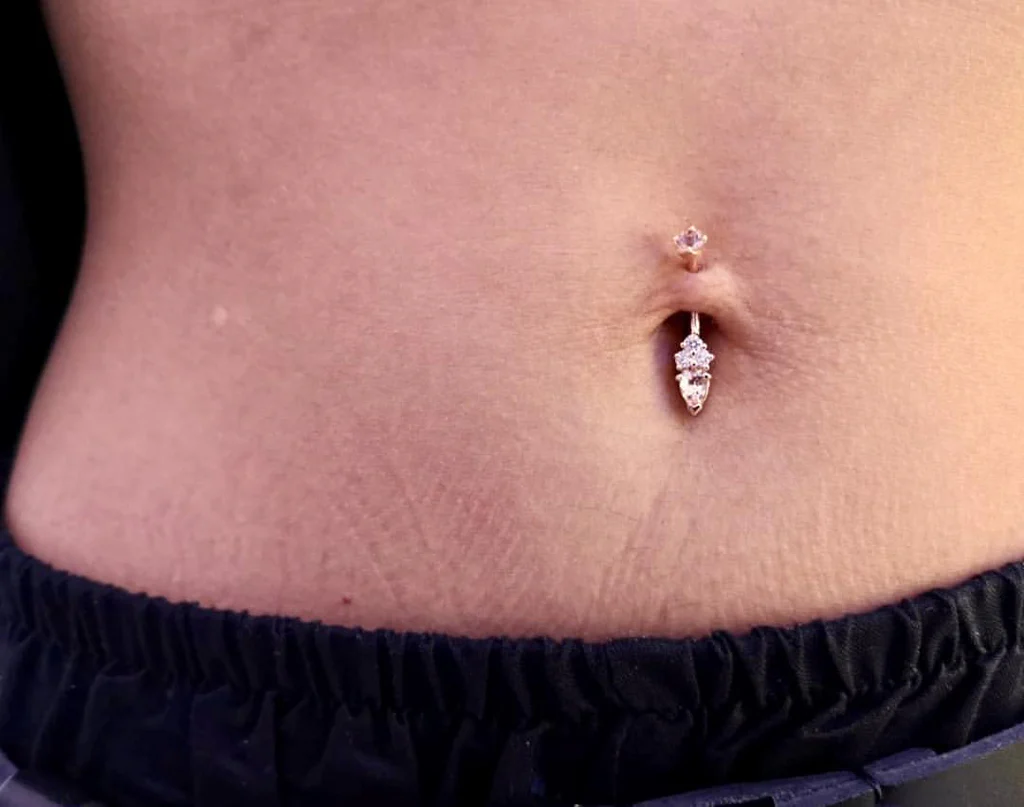
Body modification entered mainstream youth culture through navel piercing trends. Professional piercers charged $15 to $25 for the procedure in major cities. Surgical steel rings measuring 14 gauge became standard jewelry for the practice. This small piece of metal punctured society’s traditional views on self-expression.
9. Hula Hoop
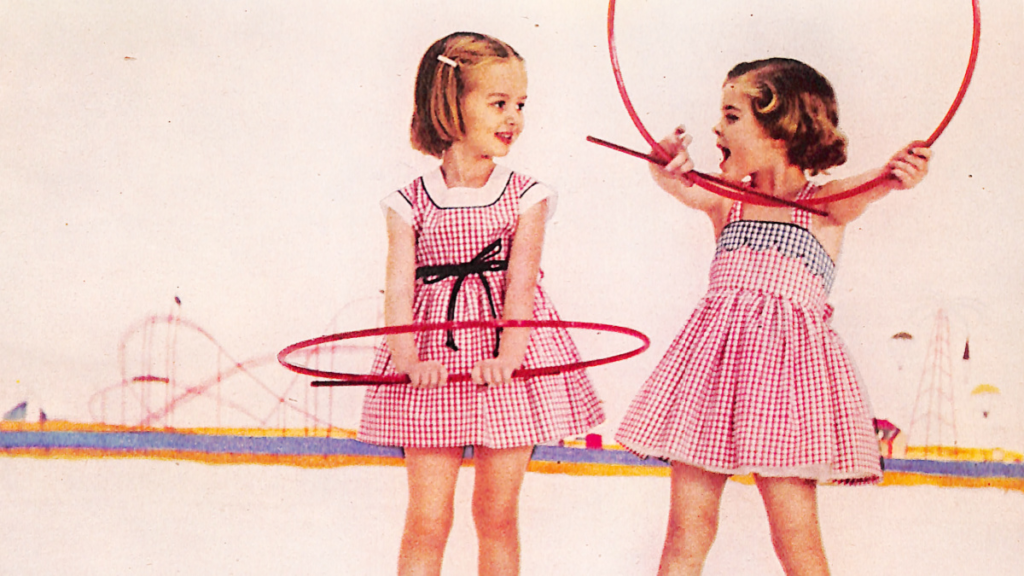
Just try to find a kid in 1960s America who couldn’t make a hula hoop dance around their waist. Wham-O’s plastic phenomenon measured 42 inches in diameter and weighed a mere 12 ounces. Manufacturing costs of 59 cents enabled an affordable $1.98 retail price. This simple circle of plastic created more backyard athletes than any organized sport of the decade.
8. Canister Vacuum Cleaner
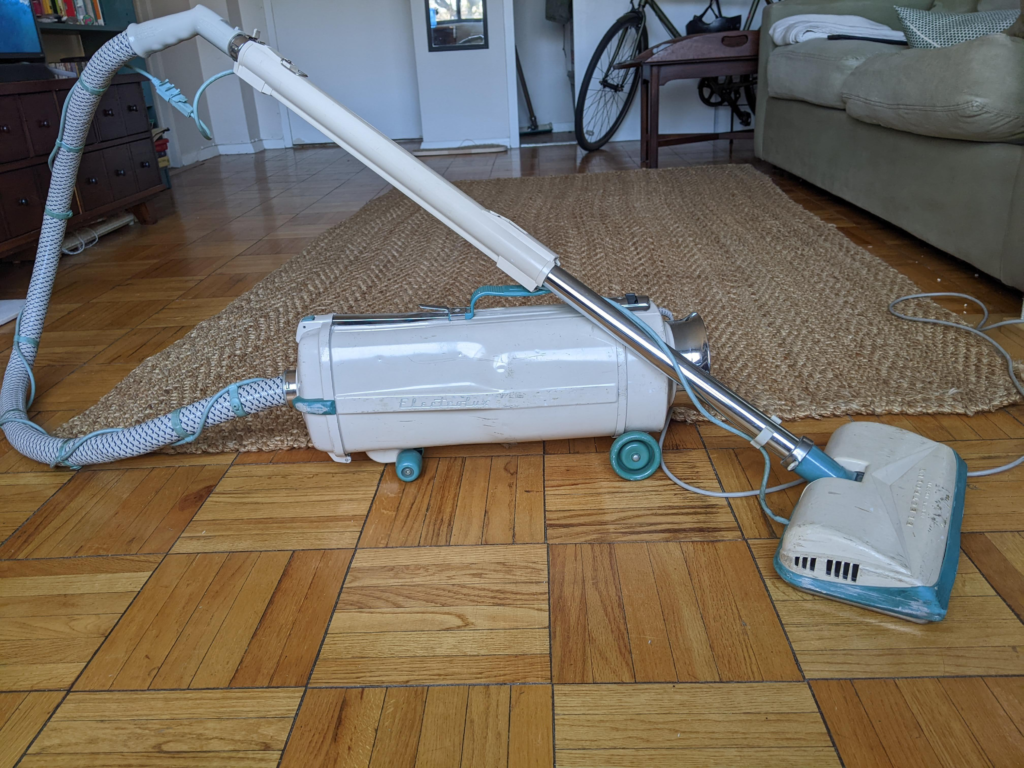
Domestic cleaning technology advanced through mobile canister design. These units generated 625 watts of suction power through universal motors. Hoover’s Constellation model featured a unique air-cushion system allowing the unit to float on expelled air. The floating vacuum symbolized American ingenuity in everyday household innovation.
7. Electric Typewriter
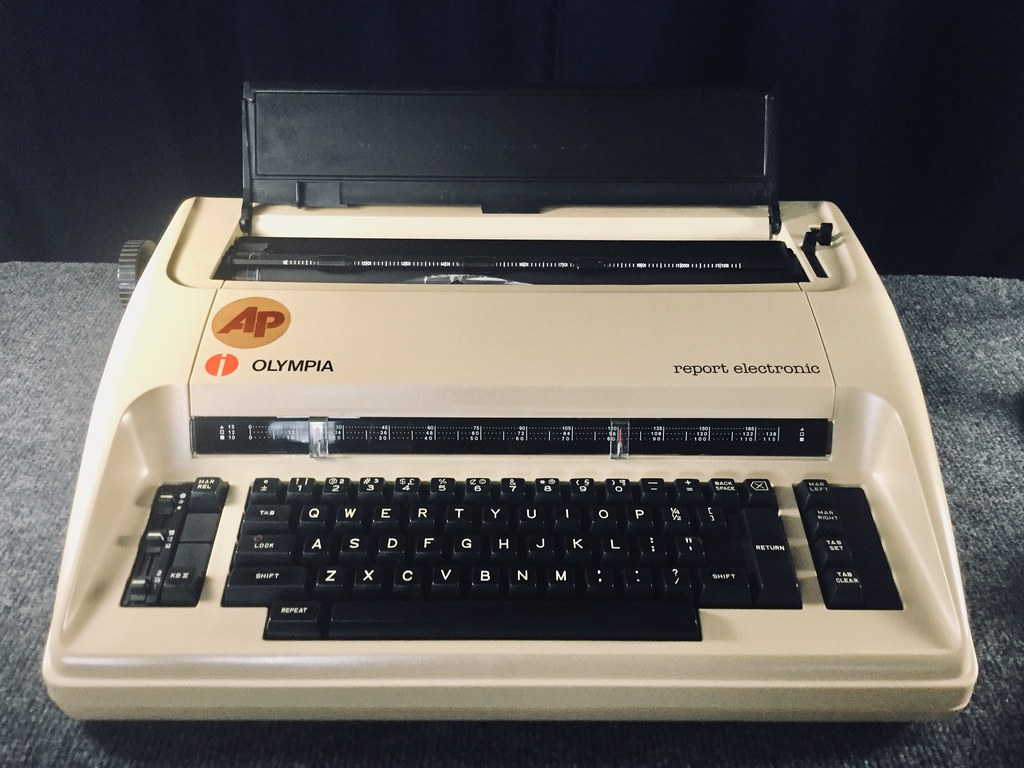
The IBM Selectric transformed office life with its revolutionary ball-head technology. While your colleagues struggled with jammed keys, you could type at 150 words per minute without a single tangle. Interchangeable typing elements allowed instant font changes, revolutionizing document preparation. Every clean-typed page represented another victory for office efficiency.
6. Lava Lamp
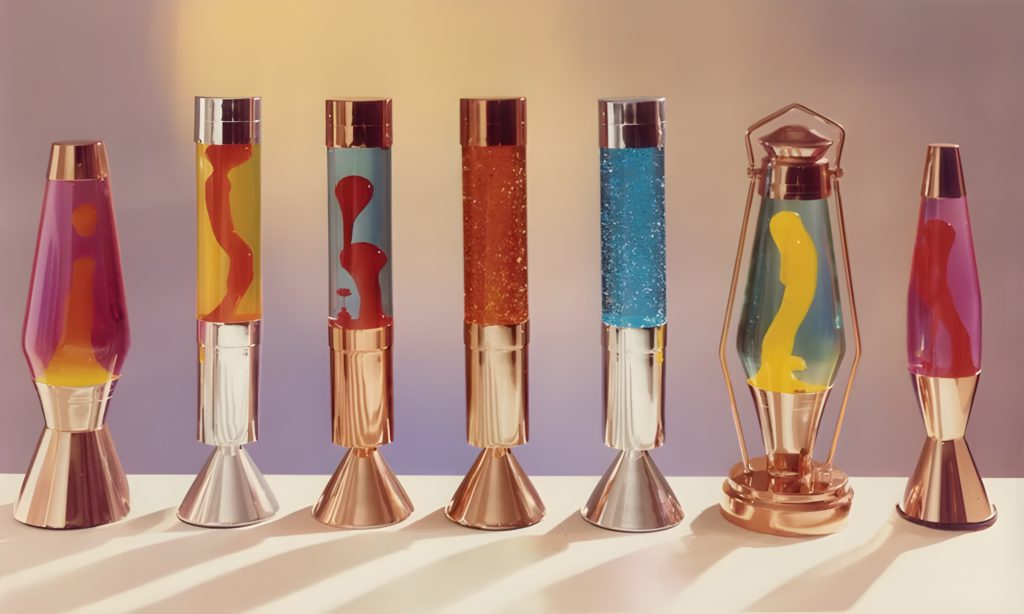
Edward Craven-Walker’s psychedelic invention illuminated counterculture decor. The original formula combined mineral oil and paraffin wax with secret additives for optimal flow characteristics. Standard models consumed 40 watts while operating at 140 degrees Fahrenheit. Each lamp captured the fluid spirit of 1960s artistic expression.
5. Jet-Powered Cars
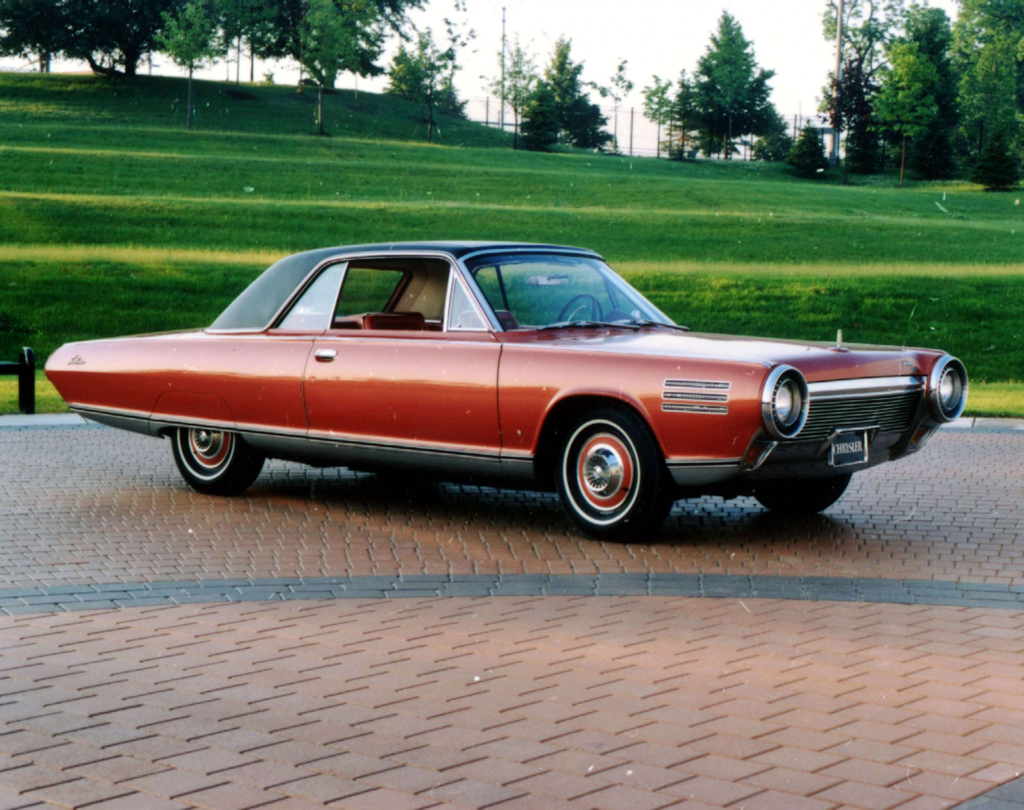
Imagine pulling into a gas station and filling up your car with perfume! Chrysler’s Turbine Car program made this possible. The experimental engines operated at 44,500 RPM, consuming any combustible liquid fuel. Production reached only 55 units, with 50 distributed for public testing. These mechanical marvels represented Detroit’s boldest experiment in alternative propulsion. Speaking of cars, here are 10 sports cars from the 1960s that only true collectors will recognize.
4. Neon Signs
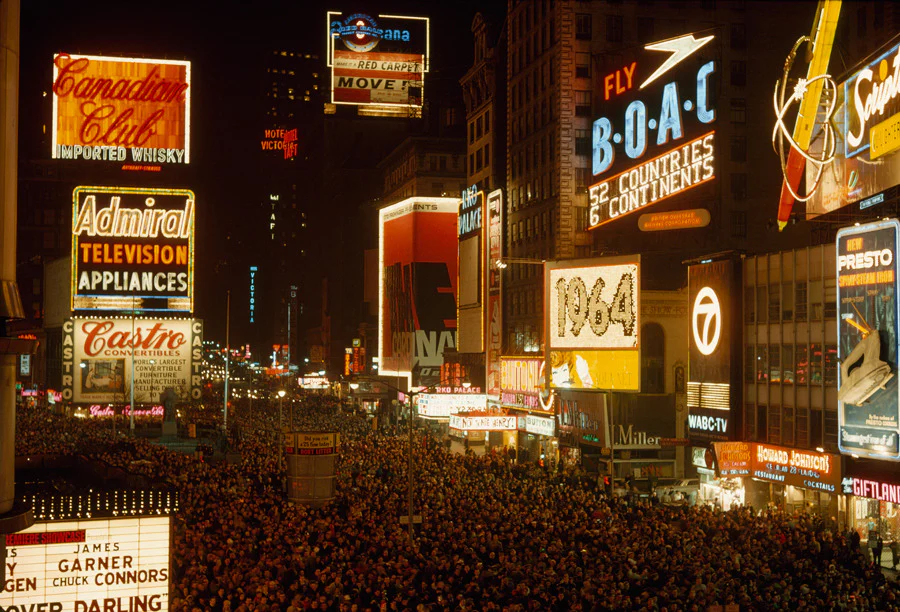
Neon signs became the artistic voice of American commerce in the 1960s. Standard installations required 12,000 volts yet consumed minimal electricity during operation. Skilled craftsmen bent glass tubes into precise shapes while working at 800 degrees Celsius. These glowing artworks, with their distinctive neon glow, turned ordinary streets into galleries of commercial expression.
3. Manual Film Cameras (Nikon F, Canon F1)
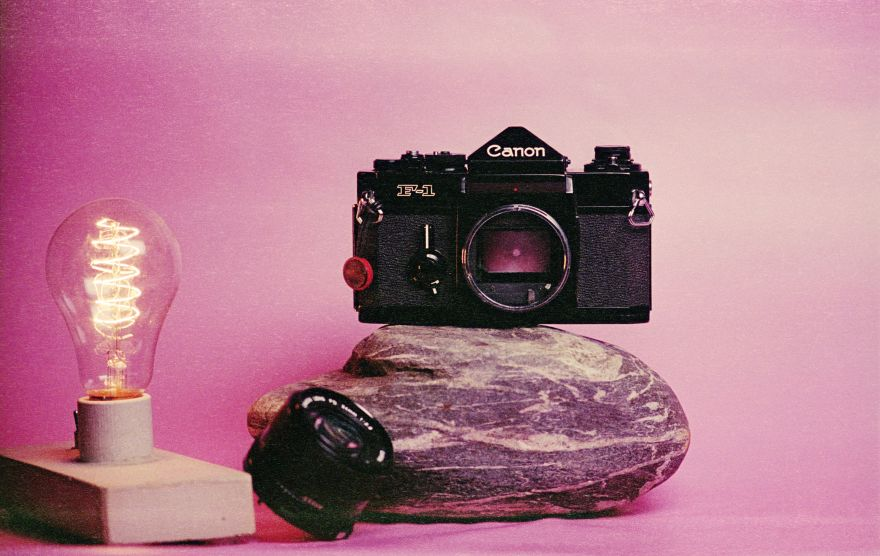
The era of manual film cameras, led by professional workhorses like the Nikon F and Canon F1, defined photographic excellence. These mechanical marvels featured interchangeable prisms and focusing screens with no electronics. Shutter speeds ranged from 1 second to 1/1000th, controlled by purely mechanical mechanisms. These masterpieces of mechanical engineering documented an era without requiring a single battery.
2. Fur Coats
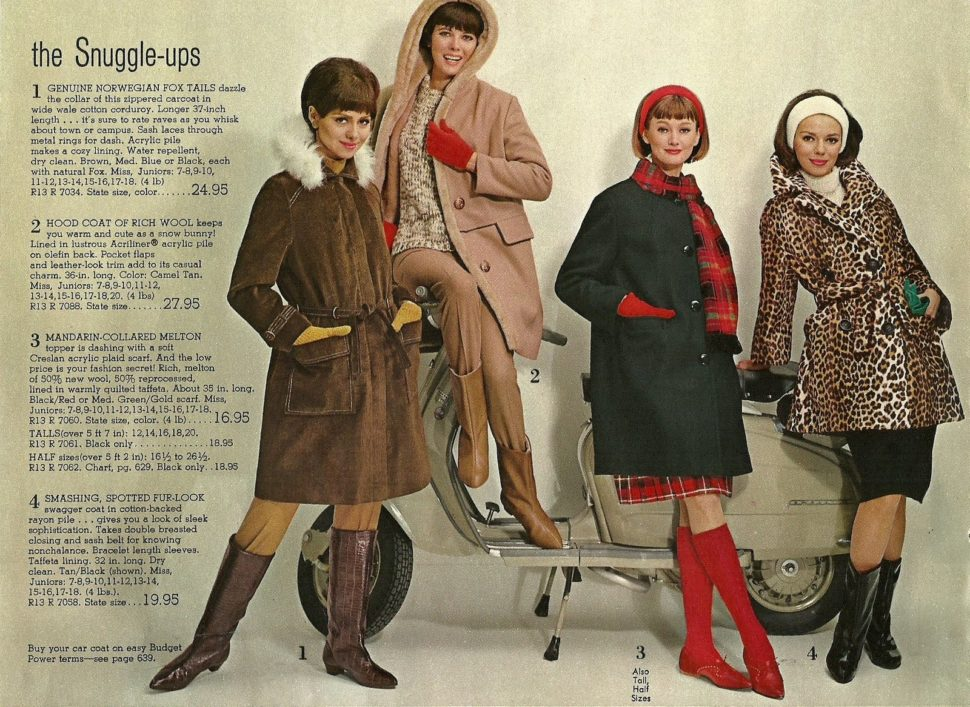
Fur coats stood as the ultimate symbol of luxury in 1960s fashion. Full-length mink pieces required 40-60 pelts and 100 hours of skilled labor. Annual cold storage costs averaged $25 for proper preservation. These controversial status symbols marked the end of an era in fashion history.
1. Record Player
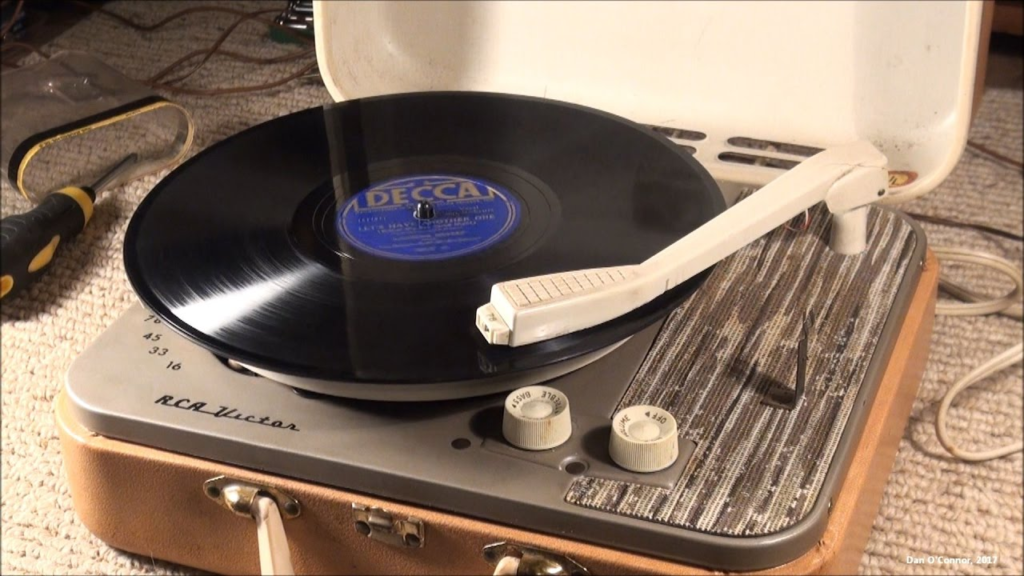
The record player, centerpiece of 1960s home entertainment, delivered music through precision engineering. Premium turntables maintained speed accuracy within 0.5% while minimizing wow and flutter. Diamond stylus cartridges tracked vinyl grooves at 2 grams of pressure. These mechanical marvels delivered the soundtrack of a generation through pure analog precision.

















